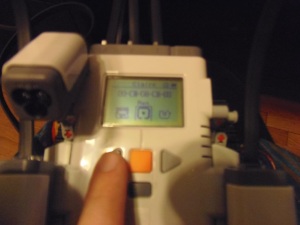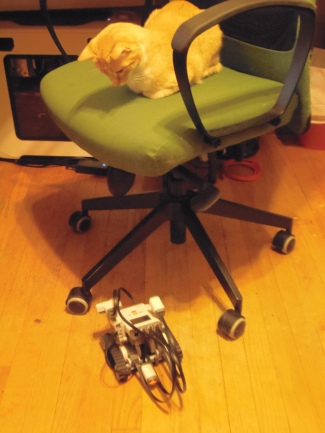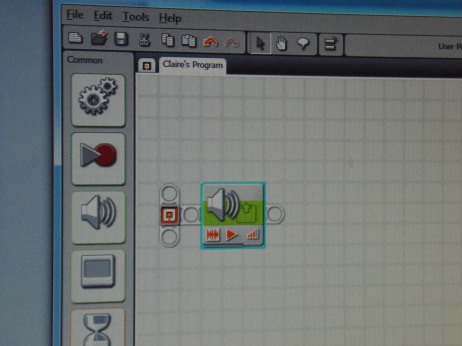Learning advocacy for creating maker programming and spaces is a difficult and important skill. What did Invent to Learn teach you about how to approach administration and/or decision makers in your organization?
Let’s talk about 3D printers! What is their place in libraries? What kind of value do they bring? Any cavaet emptors?
How do you see other kinds of making like craft brewing beer and craft activism fitting in to the maker movement? Have you noticed more instances of do-it-yourself culture becoming more visible in your everyday life or among your friends, family, and colleagues?
I really enjoyed reading Invent to Learn and found it to not only be practical, straightforward and thorough, but inspiring. I’ve had a couple experiences lately that relate to this class, including a talk at work about participatory learning and making where I felt more prepared to justify why libraries should be offering participatory learning. When it comes down to it, we are trying to inspire lifelong learning in our patrons and give them access to the materials that will facilitate that, be they books and databases or soldering irons and 3D printers. The book also provides particular points you can make for different concerns and evidence that participatory learning really does improve a student’s understanding of the subject. It was nice to finally get into the how of convincing others to bring making into the library, to back up all the cool ideas we now have from the rest of the book. When I have a little more time to process all of this, I’m looking forward to looking at how I can incorporate some of these ideas into my work. It’s not exactly part of my specific responsibilities, but I’m sure I can find a way to justify it.
I found the articles about craft beer and craft activism interesting as well. Making your own beer seems to be really popular right now. My sisters bought my fiancee a home brew kit for Christmas last year, and I have a friend from undergrad whose father is really into brewing his own beer. It helps that people love beer and love the new varieties, which inspires them to learn the science behind it and do their own experimentation. A lot of these maker projects might not seem scholarly initially, but I think of them as an easy access point into higher and more analytic thinking.
I work in a department with very crafty coworkers, though I’d argue that my coworkers are more crafty in the “neoliberal consumerist” sense. I haven’t experienced much craftivism so far…though I can think of a project where people knit squares that were sewn around trees and on overpasses over the highway. I believe there was a message behind it, but I can’t recall it or how clear it was, so I’d argue that isn’t very effective craftivism. As much as I love the idea of craft activism, I found myself think that it’s kind of limiting. It seems like an effective way of publicizing for a cause, but there were only two projects mentioned in the article that demonstrated how it has directly related to changing something (the arpilleras and the Viral Knitting Project). That’s not to say that spreading the word isn’t important too…it just has a limited scope of usefulness. I think I’m cynical enough to say that it doesn’t matter if everyone knows something is wrong if no one knows what to do about it. Hopefully someone more optimistic than I will have a brilliant rebuttal for me. It seems like crafting can be used for whatever purpose, whether that be to continue the status quo or shake things up. I’d say we have to continue to be creative with how we use it so that it doesn’t become ineffectual. On a less profound note, I also found myself taking issue with the idea of comparing knitting in public to breastfeeding. I’ve never perceived it as out of place, and I haven’t witnessed the same backlash against it as I have breastfeeding. But it’s a small quibble.
I have less to say about 3D printers, though I think I could relate my ideas to them to the ideas about craft beer and craftivism. They are a fantastic tool for learning and giving people motivation to learn…but you do have to be careful, as with crafting, that once someone has mastered a level, they don’t just continue doing what’s easy. I can’t remember which reading it was from earlier this semester that mentioned how people just make a lot of trinkets with 3D printers and can get complacent in their knowledge. Some people will progress to further stages of learning on their own, but an effective use of a 3D printer would include some form of external motivation to continue to build on how one uses it. It does make me happy to see that there is a decent amount of diversity in the market, with some printers being for more professional pursuits, others starting the learning process from building the printer, and those that are accessible for places with smaller budgets or a need for portability.
(Sorry for such a long post!)
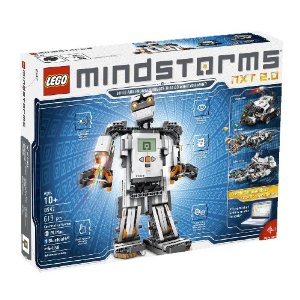
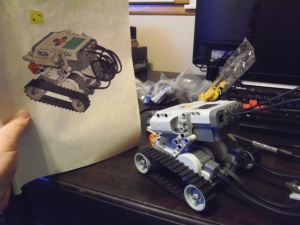 ller, which they call a brick computer, as well as “interactive Servo Motors” which allow the robot to move. You can also attach other sensors which allow the robot to do things like sense when it’s touching something, when the room is light or dark, or to see and detect objects. I experimented a little with the touch sensor, but I couldn’t quite get it to do what I thought it would. Either one of mine was defective or I just never completely understood how it worked.
ller, which they call a brick computer, as well as “interactive Servo Motors” which allow the robot to move. You can also attach other sensors which allow the robot to do things like sense when it’s touching something, when the room is light or dark, or to see and detect objects. I experimented a little with the touch sensor, but I couldn’t quite get it to do what I thought it would. Either one of mine was defective or I just never completely understood how it worked.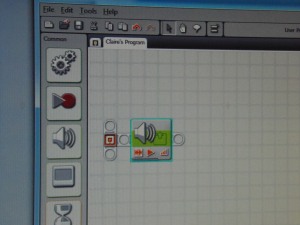 I experimented with both ways of programming the robot. You can program it through the robot using the brick computer or using the software. Both had a little bit of a learning curve, but once I figured out what buttons meant and such, they were fairly easy to understand. I appreciated that the software was made to resemble Lego blocks, which I think would help to conceptualize how you are adding different functions to the one before.
I experimented with both ways of programming the robot. You can program it through the robot using the brick computer or using the software. Both had a little bit of a learning curve, but once I figured out what buttons meant and such, they were fairly easy to understand. I appreciated that the software was made to resemble Lego blocks, which I think would help to conceptualize how you are adding different functions to the one before.